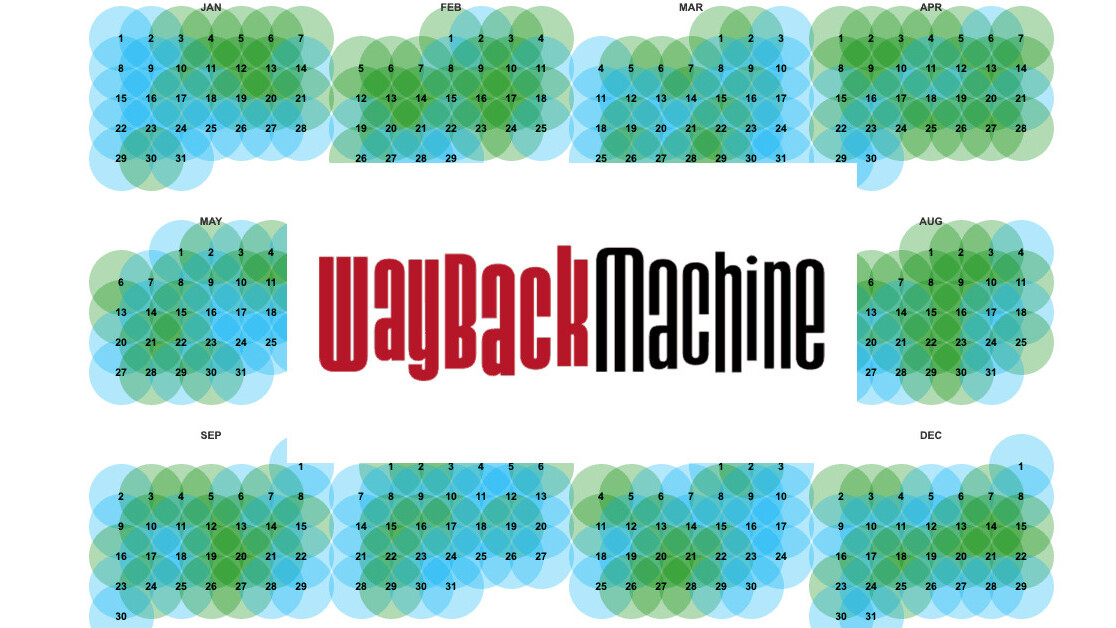
Since its launch in 2001, the Wayback Machine has been a very useful digital archive of the World Wide Web.
By frequently crawling and caching pages for the archive, the Wayback Machine has amassed over 366 billion web pages, 20 million books and texts, 4 million videos, and tons of software programs.
Now the Internet Archive, the San Francisco-based nonprofit behind the tool, is making it easier to track changes between two snapshots.
The new feature, called “Changes,” lets you compare two different archives of a given URL. It gives a side-by-side comparison, with changes highlighted in blue (added content) and yellow (deleted content).
Selecting a snapshot is easy. You just tap the relevant dates, and then hit the “Compare” button on top.
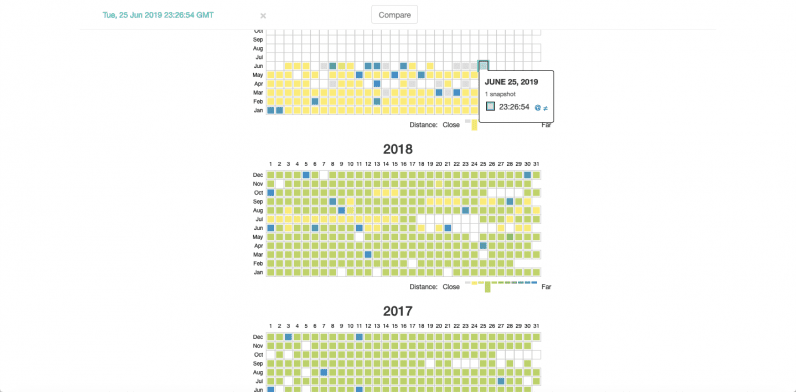
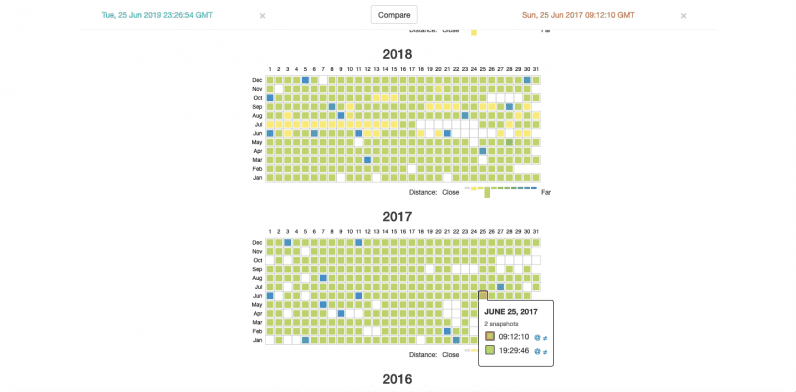
One of the best uses of this feature I can think of is to track changes in privacy policies. For example, when I queried for Facebook’s data policy changes over the last two years, this is what I got —

As you can see from the highlighted blues and yellows, the policy has undergone extensive revisions.
This can also be handy if you want to compare a website’s about page, or even check if a news story has been updated over time —
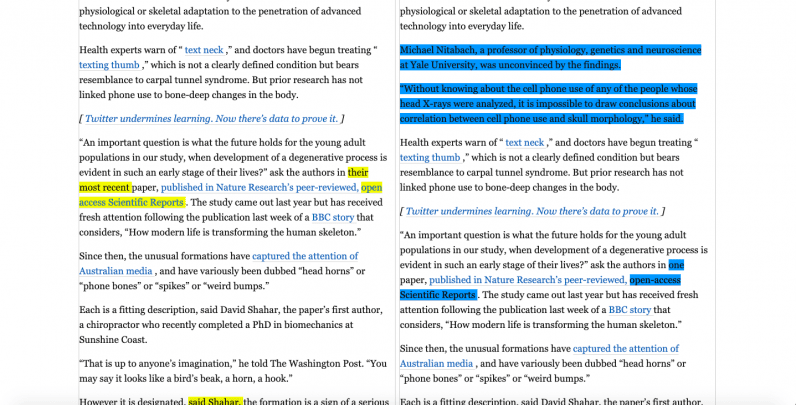
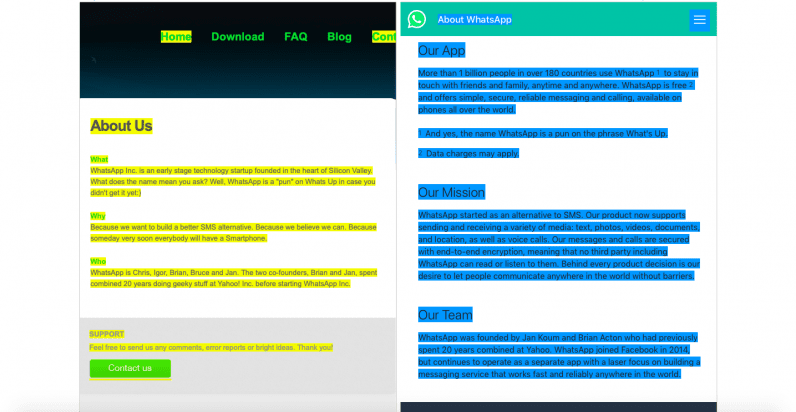
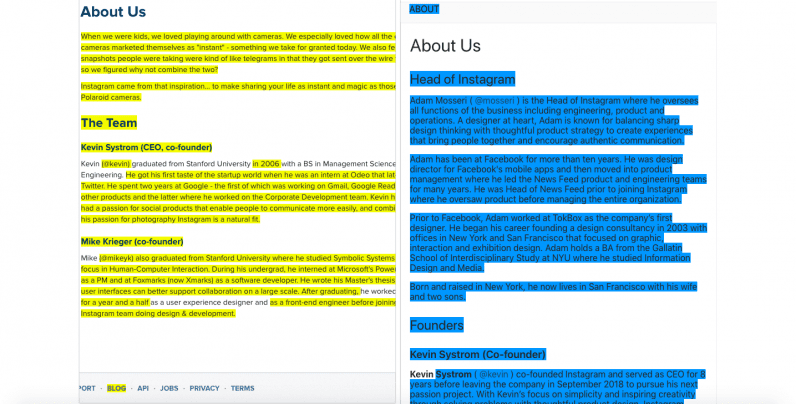
However, note that the feature is still in beta and may not always work. When I ran a query with Apple’s privacy policy, the result failed to capture the differences. Also, the tool only compares text changes, so if you’re looking for layout changes or a more detailed history, you’re out of luck.
Still, once the bugs are ironed out, there’s no doubt it will be a great way to research a website’s past.
Get the TNW newsletter
Get the most important tech news in your inbox each week.





